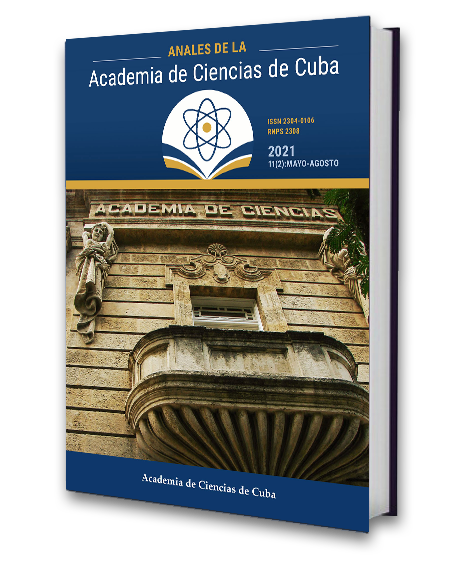Complementary immunization schedules based on combination of a tetravalent formulation of recombinant proteins and attenuated live virus: vaccine strategy against dengue
Keywords:
prime-boost immunization, dengue viruses (DENV), recombinant proteins, live-attenuated viruses, antibodies, cell-mediated immune responseAbstract
Introduction: Dengue is one of the most important emerging diseases transmitted by mosquitoes; only one vaccine has been approved and licensed in 20 countries against DENV. This vaccine cannot be administered to children younger than 9 years, due to the increased risk of hospitalization observed in this age group. For this reason, the development of new vaccine candidates and/or immunization strategies continue to be a priority to the World Health Organization and the scientific community. Objectives: This work describes the results in prime-boost immunization schedules combining two different vaccine candidates: recombinant proteins and live attenuated vaccines. Firstly, we evaluated the capacity of Tetra DIIIC vaccine candidate to boost a memory immune response generated in DENV-immune monkeys and as a second study, we also evaluated in monkeys the combination of Tetra DIIIC with the LATV vaccine developed by NIAID and licensed to the Vietnamese company Vabiotech under the codename TV005.Methods: Macaca mulatta non-human primates were used in the studies. The tetravalent vaccine candidate Tetra DIIIC consists of recombinant proteins DIIIC-1-DIIIC4, corresponding to the four dengue virus serotypes, in adjuvant aluminum oxide. Tetravalent formulation of attenuated live viruses TV005 by Vabiotech included the virus strains DENV-1 Nauru/74 (WP), DENV-2 Tonga/74, DENV-3 Sleman/78, and DENV-4 Dominica/81.
Results: Our results demonstrate that administration of Tetra DIIIC eight months after the infection was able to recall DENV specific memory B- and T-cell response. In addition, we demonstrate that animals primed with Tetra DIIIC (one or two doses) and later immunized with TV005 develop a neutralizing, protective antibody response against the four DENV serotypes, and that the immune response generated by Tetra DIIIC reduces LATV viremia significantly, which might reduce the reactogenicity that has afflicted the latter during clinical trials. Results described here highlight the possibility to combine our vaccine candidate Tetra DIIIC with live-attenuated tetravalent vaccine in a prime/boost strategy for immunizations. The present study supports the prime-boost strategies as alternative and promissory approaches solving the troubles associated with each individual antigen included in the combination.
Downloads
Downloads
Published
How to Cite
Issue
Section
License
The journal Anales de la Academia de Ciencias de Cuba protects copyright, and operates with a Creative Commons License 4.0 (Creative Commons Attribution-NonCommercial License 4.0). By publishing in it, authors allow themselves to copy, reproduce, distribute, publicly communicate their work and generate derivative works, as long as the original author is cited and acknowledged. They do not allow, however, the use of the original work for commercial or lucrative purposes.
The authors authorize the publication of their writings, retaining the authorship rights, and assigning and transferring to the magazine all the rights protected by the intellectual property laws that govern in Cuba, which imply editing to disseminate the work.
Authors may establish additional agreements for the non-exclusive distribution of the version of the work published in the journal (for example, placing it in an institutional repository or publishing it in a book), with recognition of having been first published in this journal.
To learn more, see https://creativecommons.org






